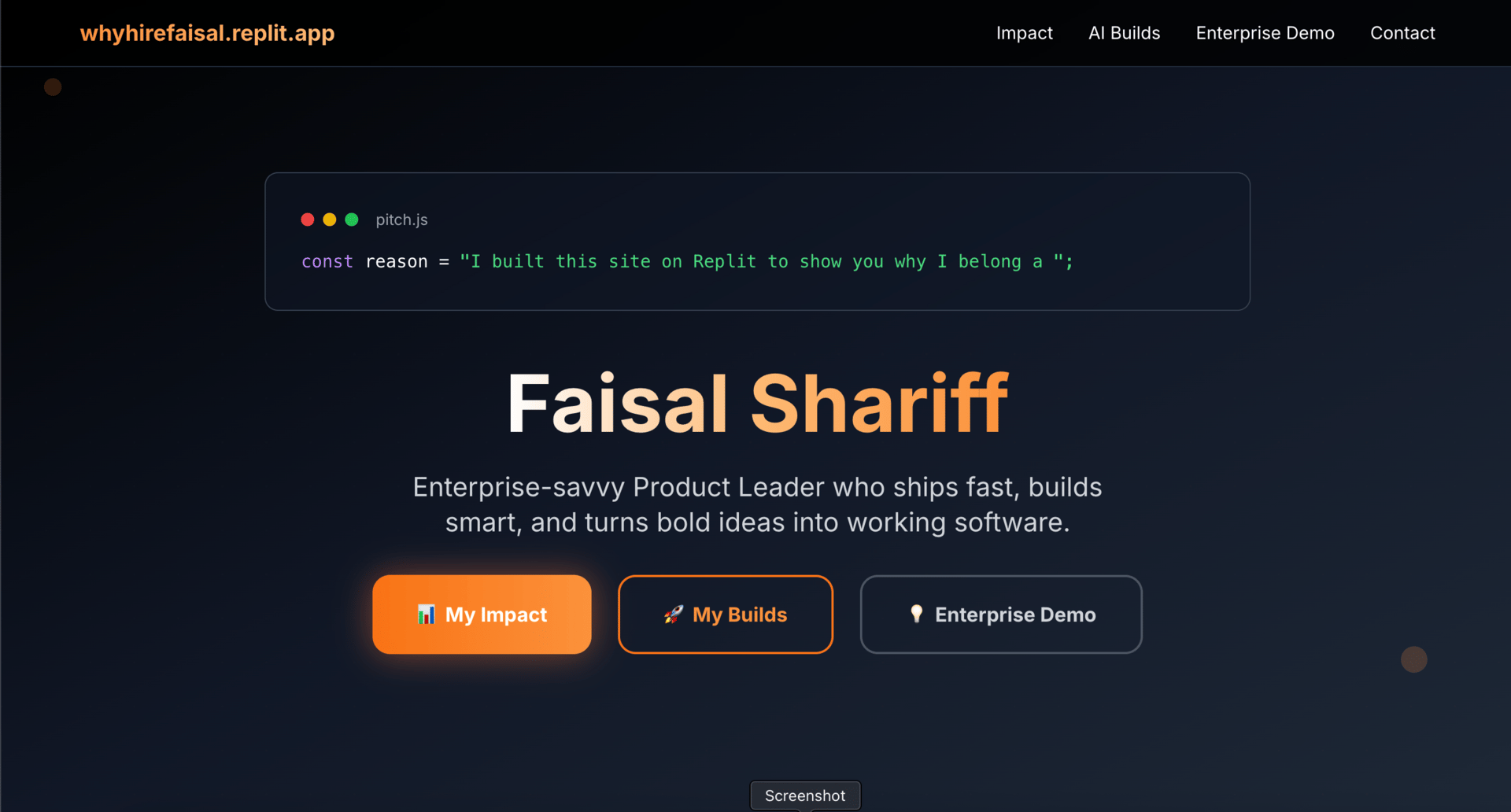- The Atomic Builder
- Posts
- Why Your Resume Isn't Enough in the AI Era
Why Your Resume Isn't Enough in the AI Era
Managing products isn’t enough. You have to make them. AI has changed the game.
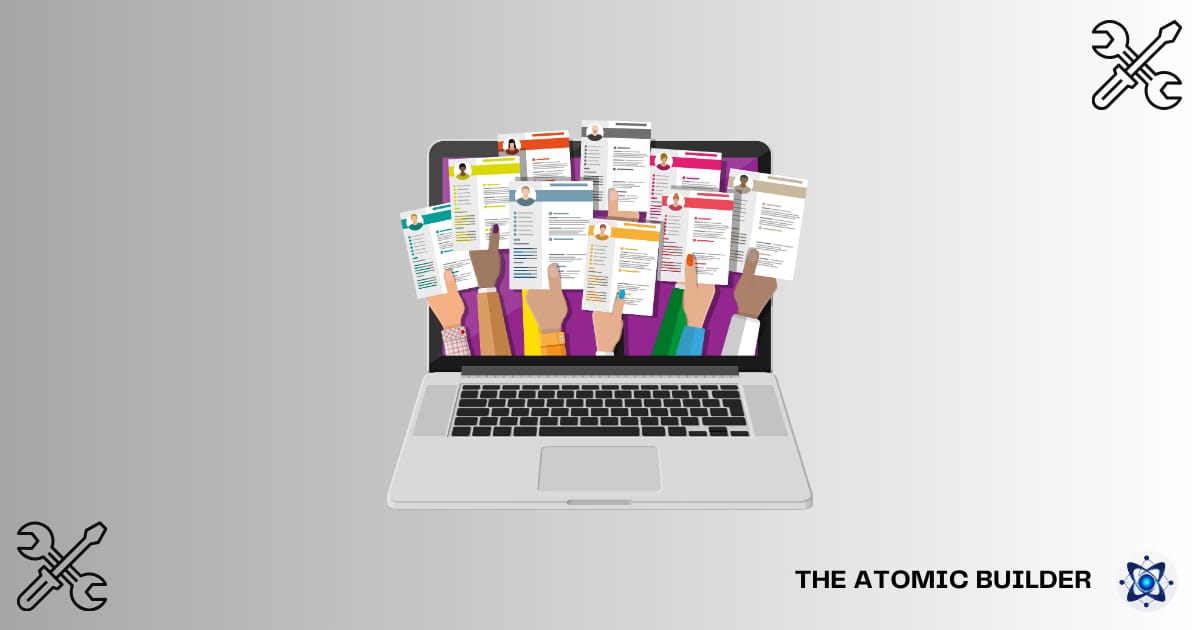
Hi, and welcome to The Atomic Builder!
This is Part 1 of a 2-part series exploring how builders will win in the AI era - by showing, not telling.
In Part 2 (next week), I’ll break down how side projects could become serious enterprise opportunities - and how to build a portfolio that could open doors you didn’t know existed.
Forward this to a PM who wants to start building!
Got this from a friend? Join other product managers, founders, and creators staying ahead of AI-powered product building. Subscribe to get The Atomic Builder every week.
Your New Opening Hook
Forget the elevator pitch. In 2025, this is how you lead:
"I built this site on Replit to show you why I belong here.”
It’s not just a bold statement - it’s proof. In a world where anyone can say they have vision, skills, or experience, when you show what you’ve made - something live, functional, and real - the conversation shifts.
This single line tells a story that no resume bullet point ever can.
That’s exactly what I did when I created WhyHireFaisal - a live site I built to pitch myself directly to Replit, a software company (I have no current affiliation with them, I just love using their software). No slide decks, no fluff. Just a working product, hosted and ready to explore.
It’s more than a bold statement - it’s proof of value.
The Problem: Claims vs. Proof
Every PM can claim they’re “enterprise-savvy” or that they can “turn bold ideas into working software.”
But in 2025, when AI has democratised building, claims without proof are noise.
Your resume lists what you’ve done for others. Your builds show what you can actually do.
Consider these two PM profiles:
PM A's Resume:
"Led cross-functional team to launch property tech solution"
"Increased user engagement through AI-powered features"
"Delivered enterprise automation tools for operational efficiency"
PM B's (my) Portfolio:
StageSnap: Built a GPT-4 powered virtual staging app for UK property market with real user feedback
SpatialLearn: Launched an AI-powered audio memory palace learning platform that transforms how people retain information
VibeOps: Created a working prototype of enterprise task automation assistant built for busy operators
PM A talks about results. PM B shows them, running in production.
PM B ends the conversation with a mic drop. 🎤 That should be your goal.
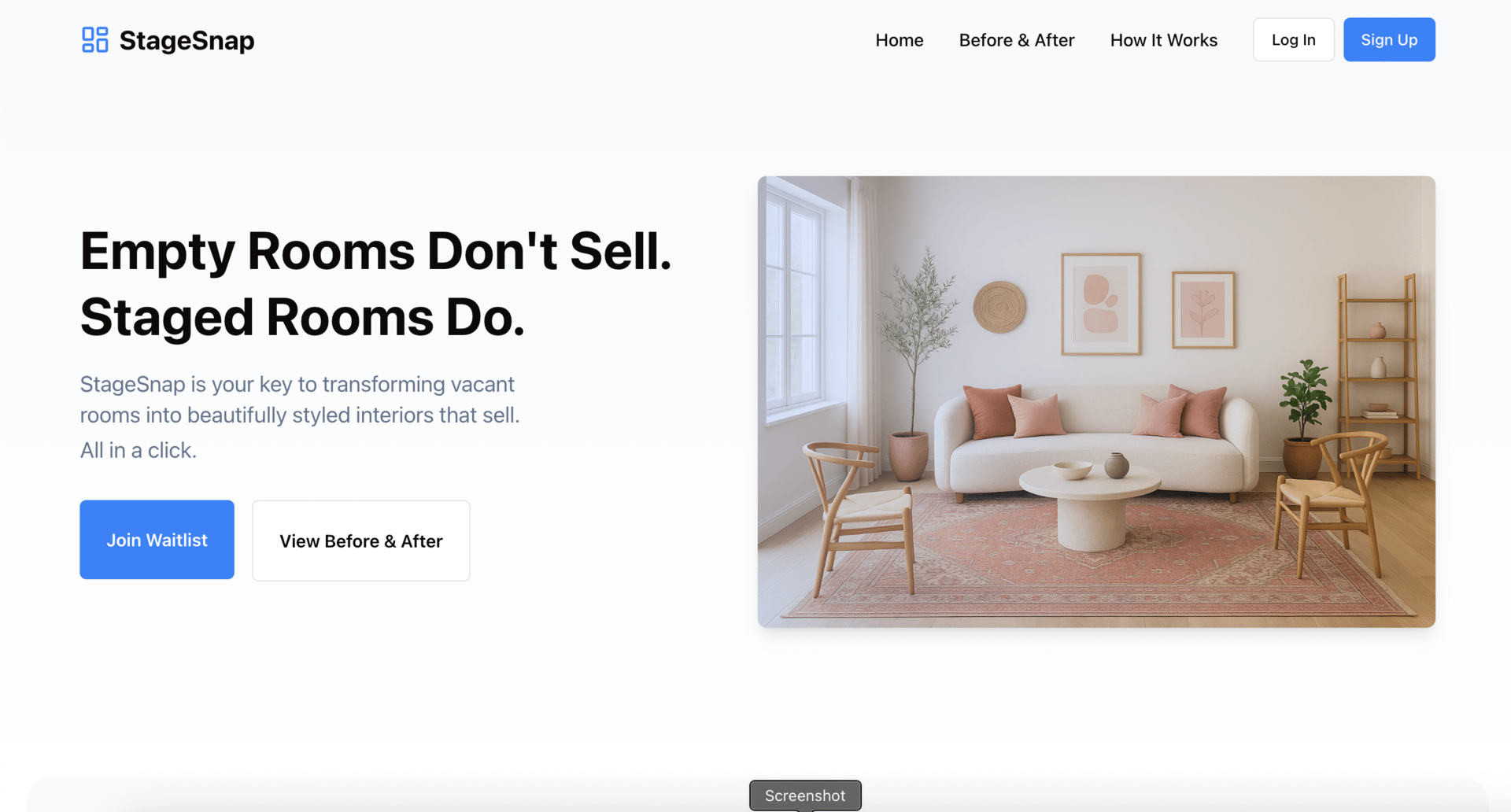
StageSnap, built for the Property Market

SpatiaLearn, built to revolutionise EdTech
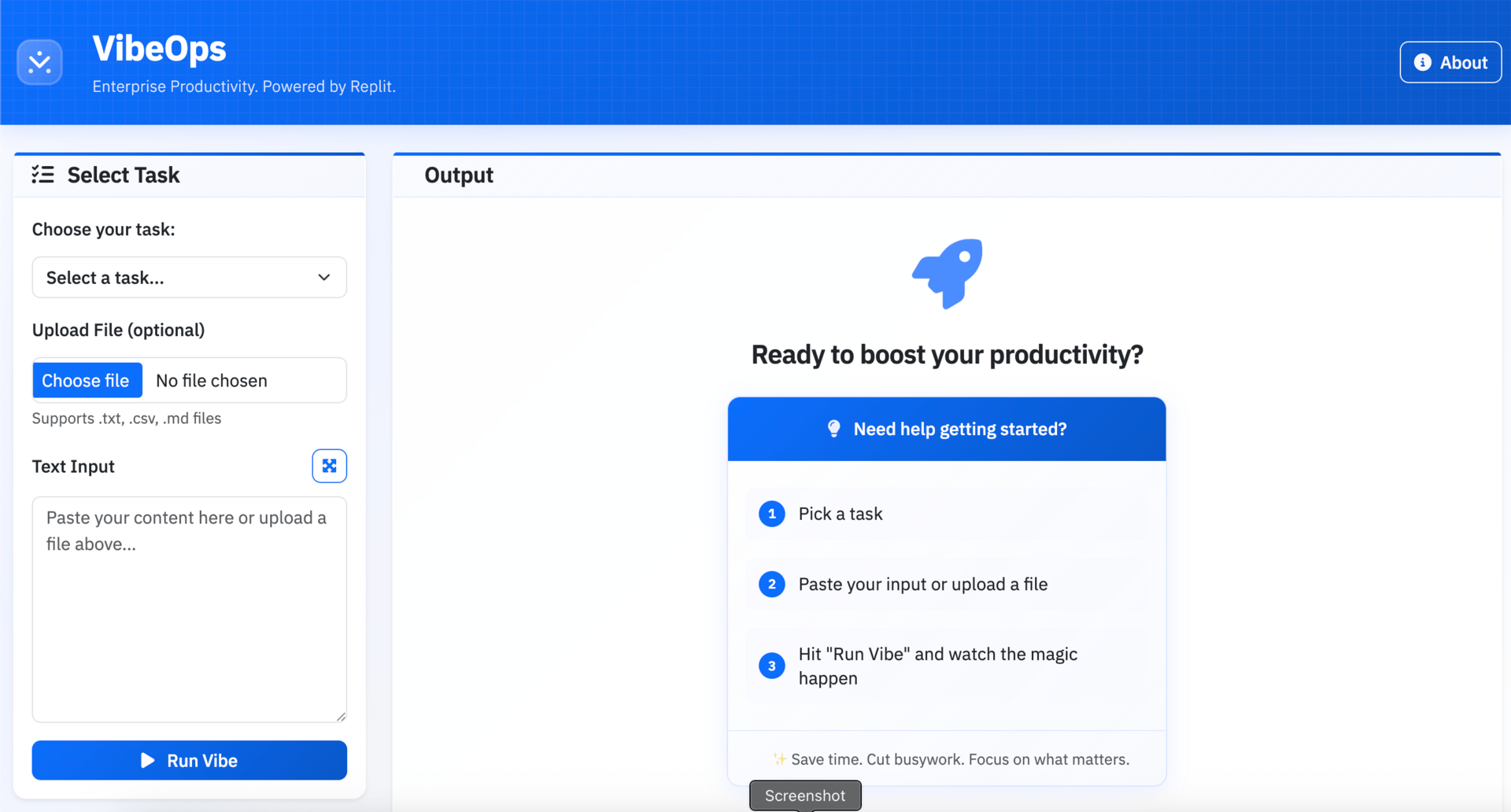
VibeOps (!) - An experiment that shows how domain experts might build in the enterprise
🚨 The New Reality for You as a PM
The traditional resume isn’t dead - but it’s definitely on life support.
Convince me otherwise, and you can buy the coffee while you try.
The resume needs augmentation - and in this AI era, it’s your work, not your words, that closes the gap:
Traditional PM: "I led a team that increased user engagement by 30%"
Modern PM: "I built StageSnap, a GPT-4 powered virtual staging app for the property market, that's live in production, that you can use right now"
The difference? One is a CLAIM. The other is PROOF.
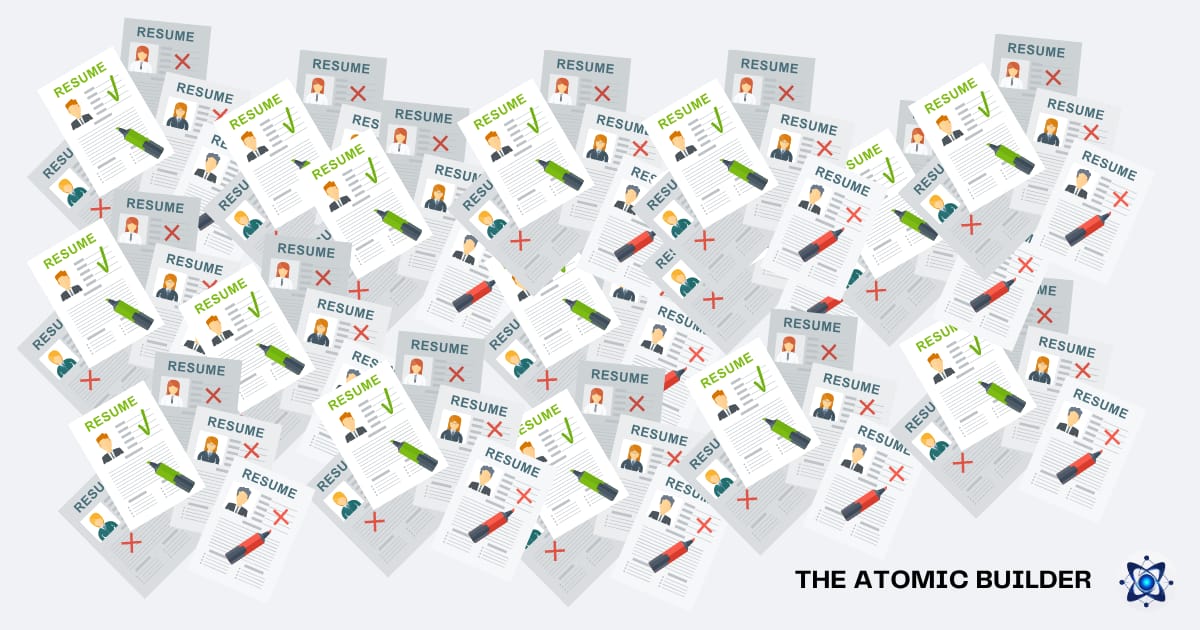
Resumes are on life support. Surely?
Why Builders Win in the AI Era
In the AI-driven world, the PMs who thrive aren’t those who talk about ideas - they’re those who build and prove them. AI has torn down the barriers between concept and execution, giving every product manager the power to ship, validate, and iterate faster than ever.
Here are three powerful reasons builders have an unfair advantage:
1. The "Founder Mindset" Advantage
When you build as a solo maker, you develop what I call the "founder mindset." You understand every constraint, every trade-off, every user frustration - because you lived it. You're not just managing a product; you're dealing with bottlenecks (everyday) and creating solutions.
Real Example: I built StageSnap to explore virtual staging for the UK property market. It taught me that UK property agents don't just need pretty photos - they need them realistic and fast, at scale, and integrated into their existing workflow.
This insight only comes from building, breaking, and rebuilding.
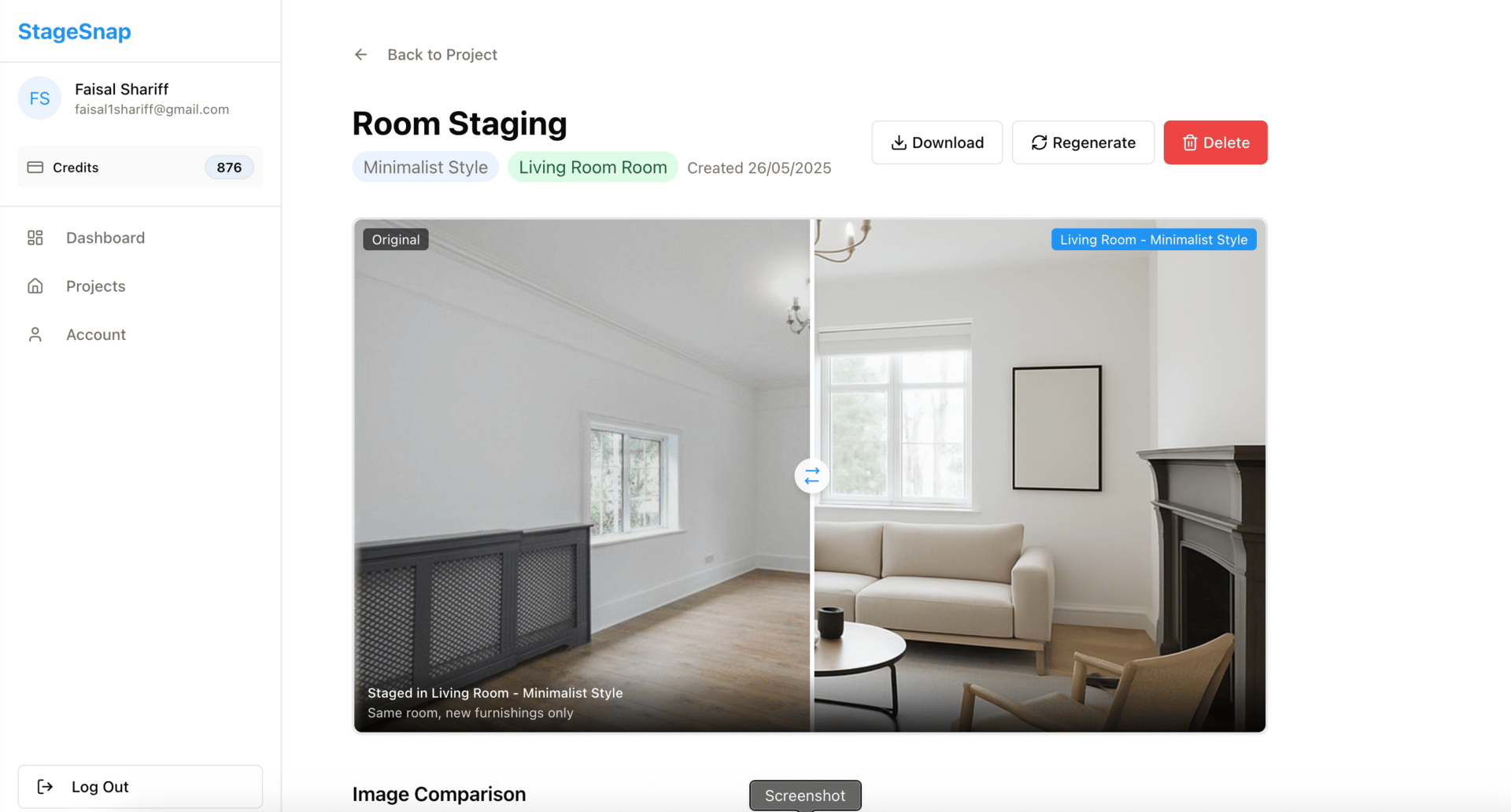
StageSnap Virtual staging.
2. AI Changes Everything About Validation
In the pre-AI era, testing ideas required engineering resources. Now? You can build, ship, and validate in weeks, not quarters. The PMs who will win are those who use this superpower to validate faster than their competitors can plan.
Consider this real life cycle (I went through):
Week 1: Hypothesis for a new app - "Audio-based learning could revolutionise corporate training"
Week 2: I built the SpatialLearn MVP using AI voice and spatial technology
Week 3: Start writing about it, share with my audience
Week 4: Iterate based on real user feedback
While traditional PMs are still writing PRDs, you're already on iteration #3 with real user data. That’s the edge you want.
3. The Enterprise Credibility Gap
Enterprise customers buy from people who understand their pain. When you've built SpatialLearn and VibeOps (a task automation assistant), you're not just selling features - you're selling lived experience.
Example: When I walk into a meeting about enterprise productivity tools, I'm not presenting theoretical frameworks or talking about the broader Microsoft Copilot.... I'm showing them VibeOps - a working prototype that I built, tested, and refined based on real operational pain points.
I can demonstrate exactly how it handles status updates, draft reports, and streamlines admin tasks because I've solved these problems myself, not in theory using PowerPoint.
🎯 Action Items for PMs
I’ve spoken to a number of PMs that feel like they are getting left behind.
You’re not. Far from it.
Take action TODAY - we’re still quite early in this process, but you do need to act soon, to get ahead.
Pick Your Battleground: Choose one underserved vertical you understand deeply
Example: If you've worked in logistics, don't build another todo app. Build a supply chain visibility tool.
Ship Weekly: Use AI tools to maintain a rapid build-test-learn cycle
Week 1: Ship a landing page with core value prop
Week 2: Add basic functionality using no-code + AI
Week 3: Gather user feedback and iterate
Week 4: Launch next feature based on real usage data
Document Everything: Your failures teach as much as your successes
The Atomic Builder Newsletter itself is this principle in action - sharing learnings from real builds, not just theoretical frameworks
Final Thoughts
The companies hiring PMs today aren't just looking for people who can manage existing products. They need people who can identify white space, build solutions, and create new revenue streams.
That’s what I’m seeing.
Don’t stress about building the “perfect” thing.
Just start building.
Your builds are your proof that you can execute.
If you need help or guidance, just reply to this email.
I’ll reply to anyone that asks for help.
Next Week: How to turn your side builds into enterprise opportunities (and why your "hobby projects" might be your biggest career accelerator).
Until next time, keep experimenting, keep building, and as always - stay atomic. 👊
Faisal
This Week’s Build Beats 🎵
Each issue, we pair the newsletter with a track to keep you inspired while you build.
This week’s pick? Because AI building is your chance to shape your destiny - and make the next move on your board.
🎧 “Mastermind” – Taylor Swift
Grab the playlist on Spotify - I add to it each week!
 | Thanks for Joining! I’m excited to help usher in this new wave of AI-empowered product builders. If you have any questions or want to share your own AI-building experiences (the successes and the failures), feel free to reply to this email or connect with me on socials. Until next time… Faisal |
P.S. Know someone who could benefit from AI-powered product building? Forward them this newsletter!
